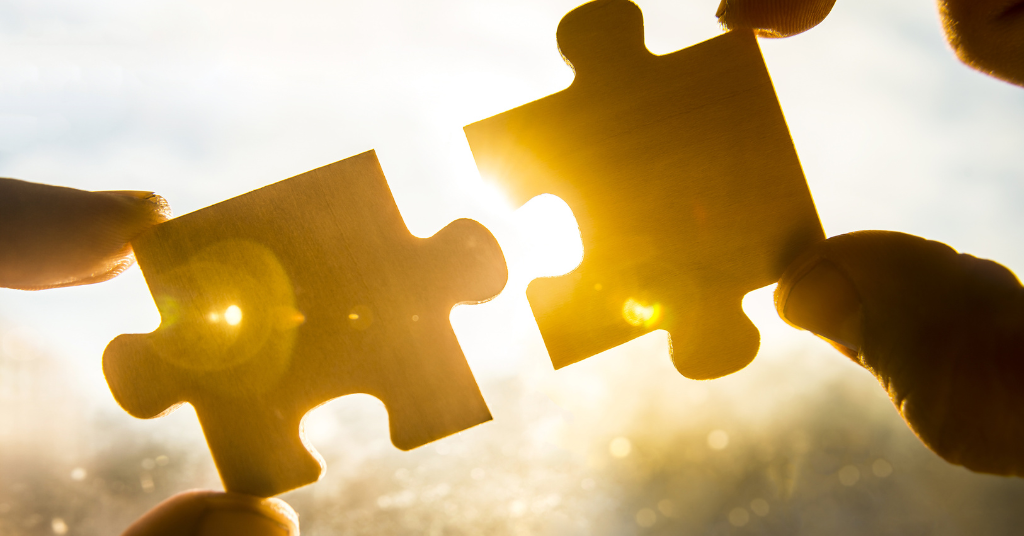
Phonak Roger Soundfield system offers more peace in the classroom
November 21, 2022
Coldplay’s concerts now more accessible for the deaf community
November 28, 2022Hearing loss and unsafe listening practices

Hearing loss and unsafe listening practices are on the rise. BMJ Global Health recently published a study examining the prevalence of unsafe listening practices in young adults. Their findings show that about .665 to 1.347 billion individuals are at risk of hearing loss!
What Consists of Unsafe Listening Practices?
Hearing loss and unsafe listening practices were the focuses of this study. Two different types of practices were considered: personal listening devices and loud entertainment venues. Personal listening devices include headphones and earbuds. In contrast, loud entertainment venues include places such as concerts, clubs, and bars. For personal listening devices to qualify as an unsafe listening practice, a person must be listening to sound at over 80dB for 40 hours a week. If one attends a loud entertainment venue one or more times a month, it places them in the unsafe listening practice category. Multiple factors are considered when determining a listening practice is unsafe. These include intensity, duration, and frequency of the sound.
Study Results
This study looked at the global population aged 12-34 years of age, totaling to about 2.795 billion individuals. Of these individuals, prevalence rates are as follows:
Those exposed to personal listening devices: 23.81%
Those exposed to loud entertainment venues: 48.20%
This means that about .665 to 1.347 billion individuals are at risk of hearing loss!
This means that about .665 to 1.347 billion individuals are at risk of hearing loss!
Prevention
CNN interviewed Lauren K. Dillard, the lead of the study. She explained that ringing in the ears is a sign that the music is too loud. She recommends turning the music in the devices down and listening to the music for a shorter time. Other recommendations include using earbuds with features to reduce background sound. With less background noise, there is less of a need to increase the volume to decrease excess distracting sounds. There are also devices that alert you when sound input is at an unsafe listening level. For experiences in person, such as a concert, Dillard recommends standing further away from the speakers. Taking short breaks away from the intense sound also help. Earplugs are also recommended to help dampen the effects of loud sound.
Read more: Hearing protection
A Reason for Change
The World Health Organization (WHO) estimates that disabling hearing loss may double if no hearing loss prevention protocols in place. Research has shown the increased risk of permanent hearing damage and tinnitus of those who engage in unsafe listening practices. The risk of age-related hearing loss also has been shown to increase, demonstrated in another study by Kujawa and Liberman (2006).
Read more: Dos and donts of going to a concert with hearing loss
The WHO also explains how unsafe listening practices can lead to an economic toll. In children, unaddressed hearing loss can further lead to poorer academic success. This may lead to limited job mobility. Hearing loss in adults may be correlated with lower income, mental health, and cognitive impairments. Hearing equipment and exams also pose an increased expense. With the potential rise in hearing loss, it is important to keep all these factors in mind.
All in all, despite these challenges, there is hope! Protocols can enforced to make sure manufacturers reduce the risk of hearing loss. With increasing data and recognition of the prevalence of hearing loss in young populations, there is the possibility for positive changes to be made to help protect our hearing.
Read More: 10 small changes you can makes to save your hearing



